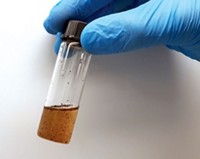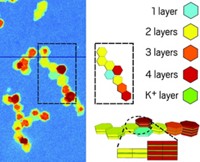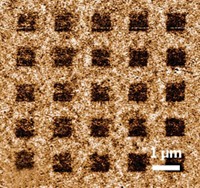Advertisement
Grab your lab coat. Let's get started
Welcome!
Welcome!
Create an account below to get 6 C&EN articles per month, receive newsletters and more - all free.
It seems this is your first time logging in online. Please enter the following information to continue.
As an ACS member you automatically get access to this site. All we need is few more details to create your reading experience.
Not you? Sign in with a different account.
Not you? Sign in with a different account.
ERROR 1
ERROR 1
ERROR 2
ERROR 2
ERROR 2
ERROR 2
ERROR 2
Password and Confirm password must match.
If you have an ACS member number, please enter it here so we can link this account to your membership. (optional)
ERROR 2
ACS values your privacy. By submitting your information, you are gaining access to C&EN and subscribing to our weekly newsletter. We use the information you provide to make your reading experience better, and we will never sell your data to third party members.
Materials
Charged Boron Nitride Binds CO2
Computational study predicts that BN nanomaterials have electrically switchable carbon-capture properties
by Craig Bettenhausen
May 27, 2013
| A version of this story appeared in
Volume 91, Issue 21
Industrial processes for CO2 capture use aqueous amine solutions or ammonia. But both of those methods are energy intensive and plagued with technical challenges including equipment corrosion. In search of alternatives, Aijun Du of Queensland University of Technology, in Australia, and coworkers examined the affinity of CO2 for BN nanosheets and nanotubes using density functional theory calculations. They found that injecting electrons into the BN materials causes CO2 to bind tightly and selectively. When the group removed the charge, CO2 was spontaneously released (J. Am. Chem. Soc. 2013, DOI: 10.1021/ja400243r). The injected electrons populate p-like orbitals located on the boron atoms, imparting a Lewis base character that attracts CO2, a Lewis acid. The switchable materials could be made into capacitors and used on smokestacks as reusable CO2-scrubbing cartridges, the team says, or used to separate mixtures produced in natural gas processing or biomass gasification.





Join the conversation
Contact the reporter
Submit a Letter to the Editor for publication
Engage with us on Twitter